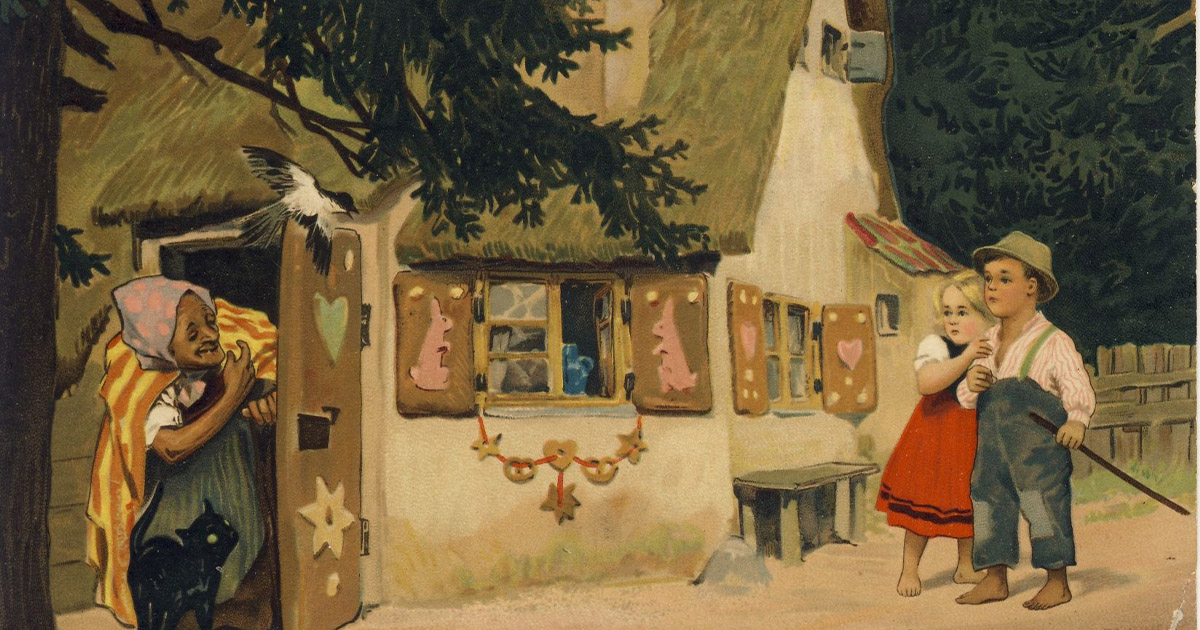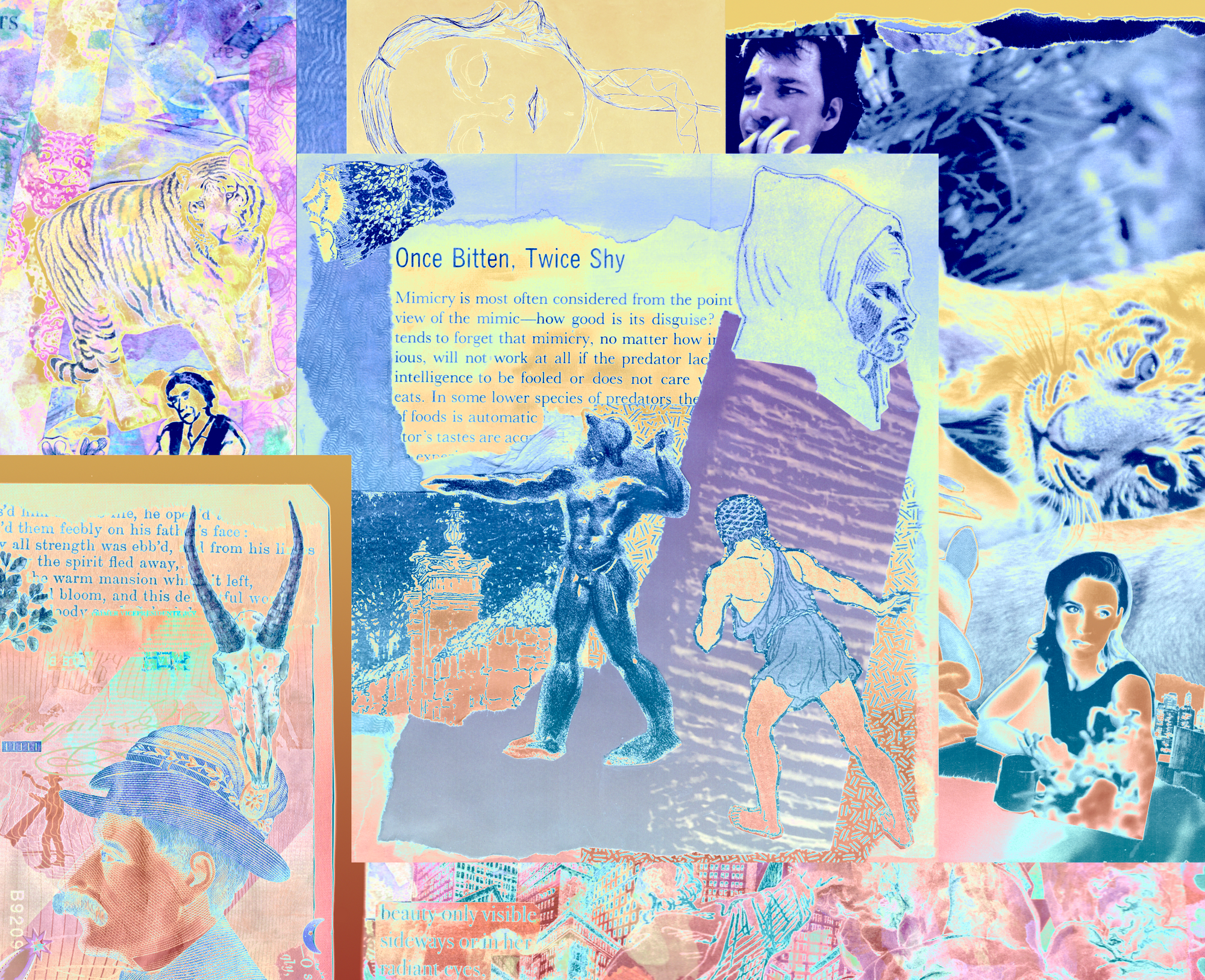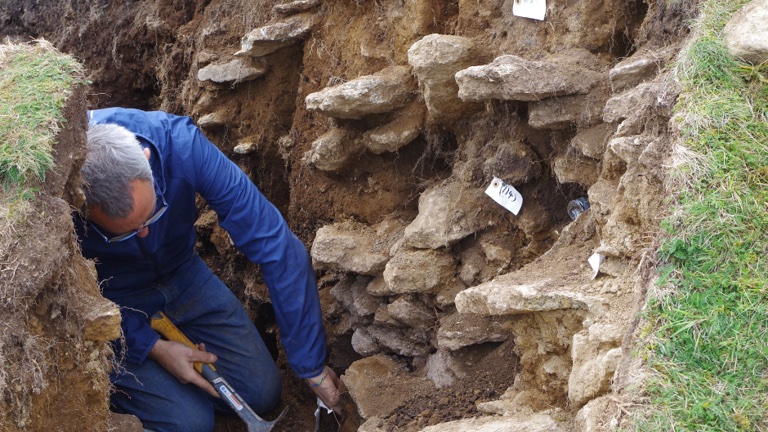
Masters of Horror and Magic
Midway through the 1944 liberation of Paris, Ernest Hemingway told his newest fiancée: “Some of the patrols we made would scare you worse than Grimms’ Fairy Tales.” Hemingway would know; like Auden and Faulkner, Willa Cather and Toni Morrison, he was a lifelong Grimmophile. Even today, the mild and retiring siblings from Hanau, Germany, remain the world’s top purveyors of horror and magic. No German authors have been more translated, not even Goethe.
In the first full life-and-times study in 50 years, Ann Schmiesing, professor of German and Scandinavian studies at the University of Colorado–Boulder, adroitly maps two sober 19th-century lives and one world-changing collaboration. It’s a bravura performance, an archival marvel, not least because the Grimms are such a biographer’s nightmare. The arc of the brothers’ conjoined lives is pleasingly riches to rags to riches: their middle-class family slid into poverty until the brothers earned law degrees and could support their four younger siblings and their widowed mother. Wilhelm was the natural salesman; Jacob, one year older, the natural scholar (the crucial shift in phonology among Indo-European languages is still known as Grimm’s Law). When Wilhelm married, Jacob promptly joined the new household, and their lives were soon anchored in lexicography, librarianship, and Lutheranism. They did not travel. They did not hobnob. They sat at facing desks, and wrote.
As scientists of language, the Grimms compiled a massive survey of mythology, edited epic poems, launched a historical dictionary—and collected old stories. As cultural detectives, they cast a wide net, creating a history for a nation that did not yet exist. The idea of one Germany was itself a fairy tale, a political construct shopping for an origin myth, and neither brother lived to see Otto von Bismarck’s triumphant unification of Germany in 1871.














.jpg)


